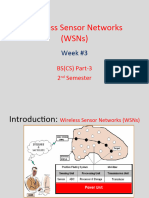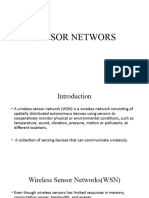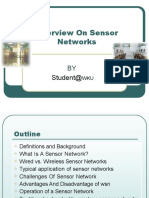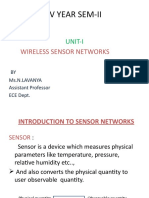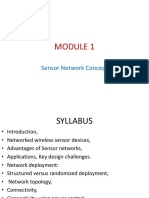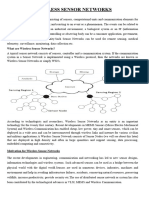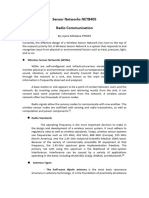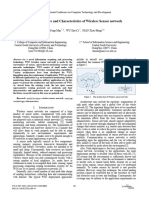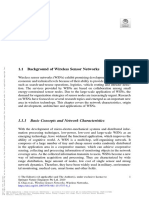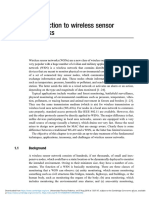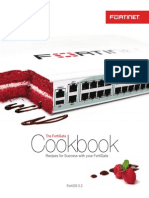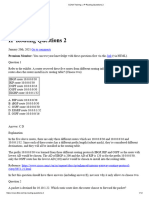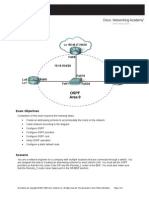0% found this document useful (0 votes)
18 views37 pagesLecture 1
The document outlines a course on Wireless Sensor Networks (WSN) taught by Xiaolong Zheng, covering topics such as network architecture, protocols, and applications. It includes course objectives, assessment methods, and a detailed syllabus with a focus on understanding the principles and technologies behind WSNs. The course is designed for students in IoT engineering, network engineering, and computer science, with a total of 2 credits and 32 hours of instruction in English.
Uploaded by
simuneo351Copyright
© © All Rights Reserved
We take content rights seriously. If you suspect this is your content, claim it here.
Available Formats
Download as PDF, TXT or read online on Scribd
0% found this document useful (0 votes)
18 views37 pagesLecture 1
The document outlines a course on Wireless Sensor Networks (WSN) taught by Xiaolong Zheng, covering topics such as network architecture, protocols, and applications. It includes course objectives, assessment methods, and a detailed syllabus with a focus on understanding the principles and technologies behind WSNs. The course is designed for students in IoT engineering, network engineering, and computer science, with a total of 2 credits and 32 hours of instruction in English.
Uploaded by
simuneo351Copyright
© © All Rights Reserved
We take content rights seriously. If you suspect this is your content, claim it here.
Available Formats
Download as PDF, TXT or read online on Scribd
/ 37



